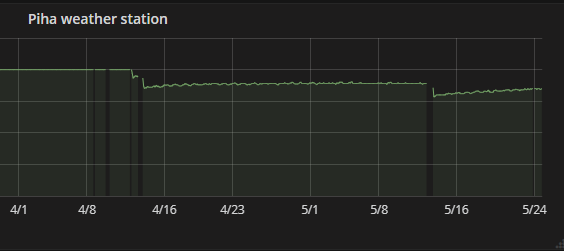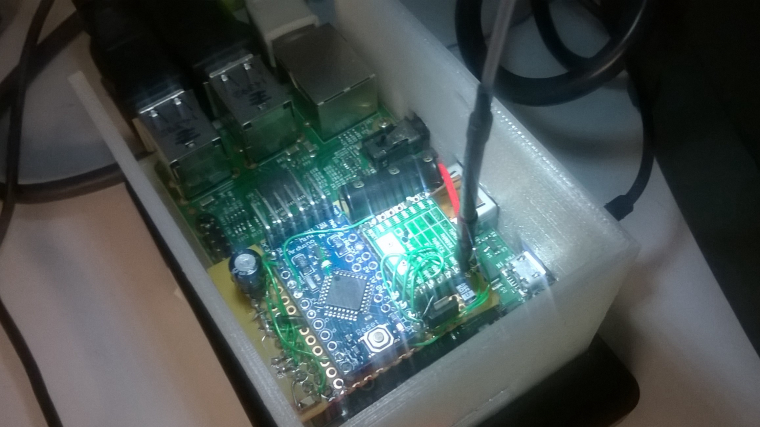@monte yes, makes sense. I know it takes quite a lot of energy to do one cycle due to multiple (slow) sensors and sending those, but have not really looked into a short wake, skip everything and back to sleep. Could easily count wakeups and only do the sensors every Nth wakeup. Maybe it's actually a good way.
I have some weird issues for which I need the WDG. Found and fixed one forever loop in I2C, but it did not fix all. Can't pinpoint the issue and now it drains the battery randomly by getting stuck somewhere after a week or a few months.
Now I remember one experiment over a year ago with NRF51 based small board I used as mysensors remote. It has just one push button. This silicon version had problem with high current draw if waiting for pin change, so I just made it wakeup every 750ms, poll the button and if not pressed go back to sleep. CR2032 lasted way over a year. Had already forgotten that, good that you reminded!


